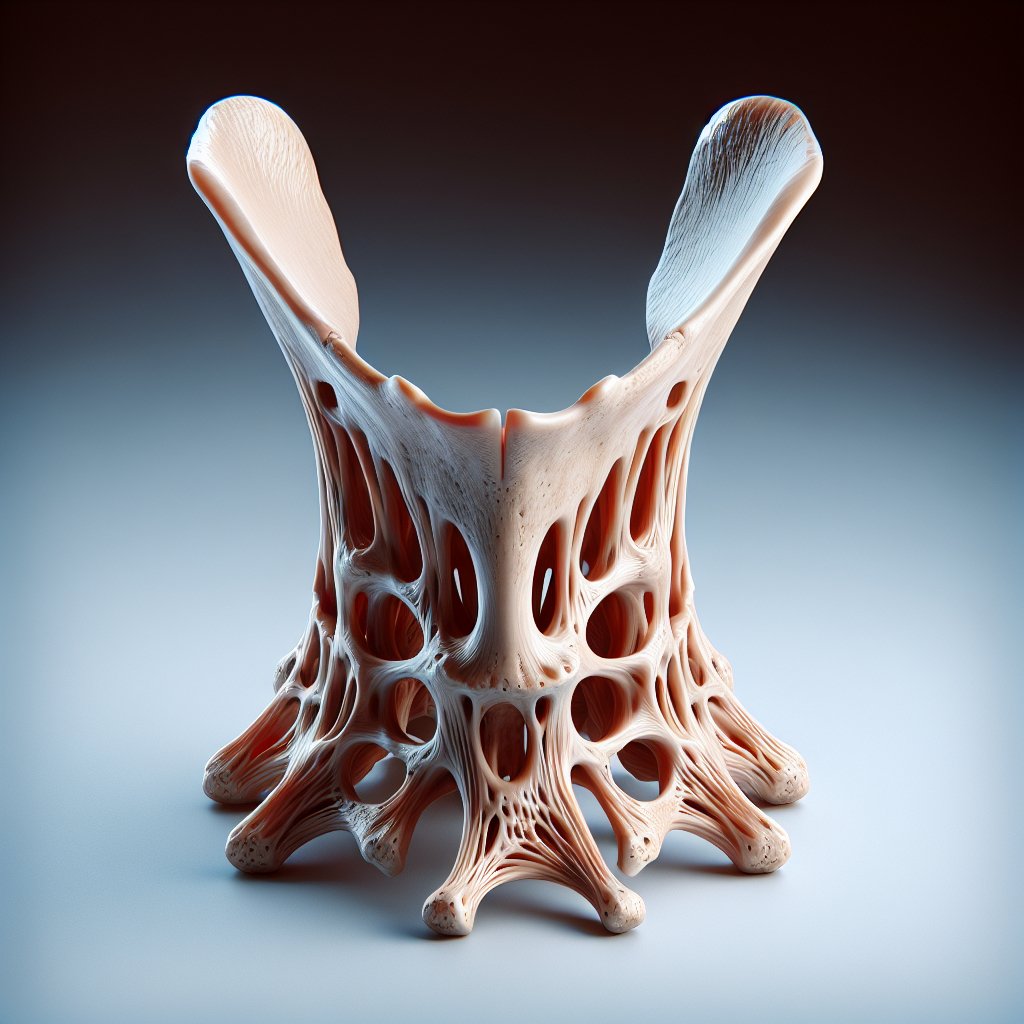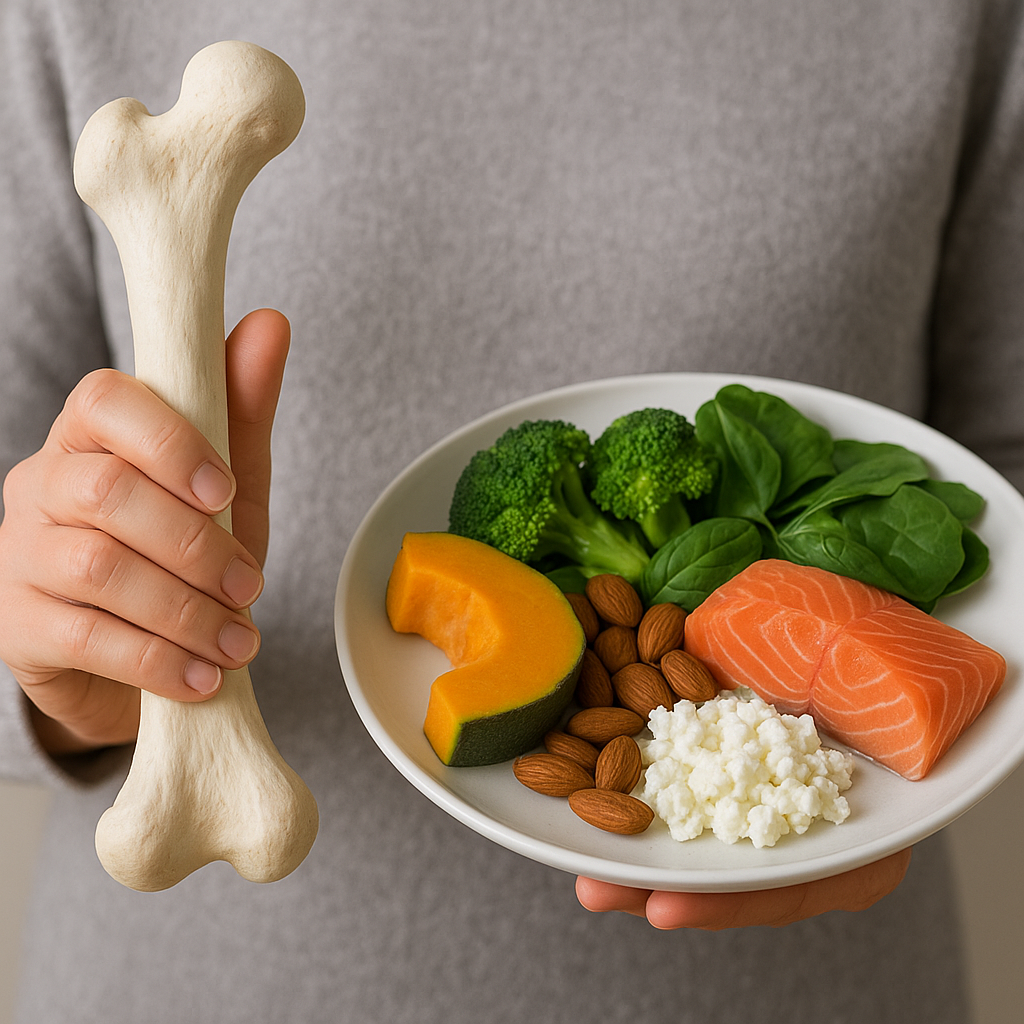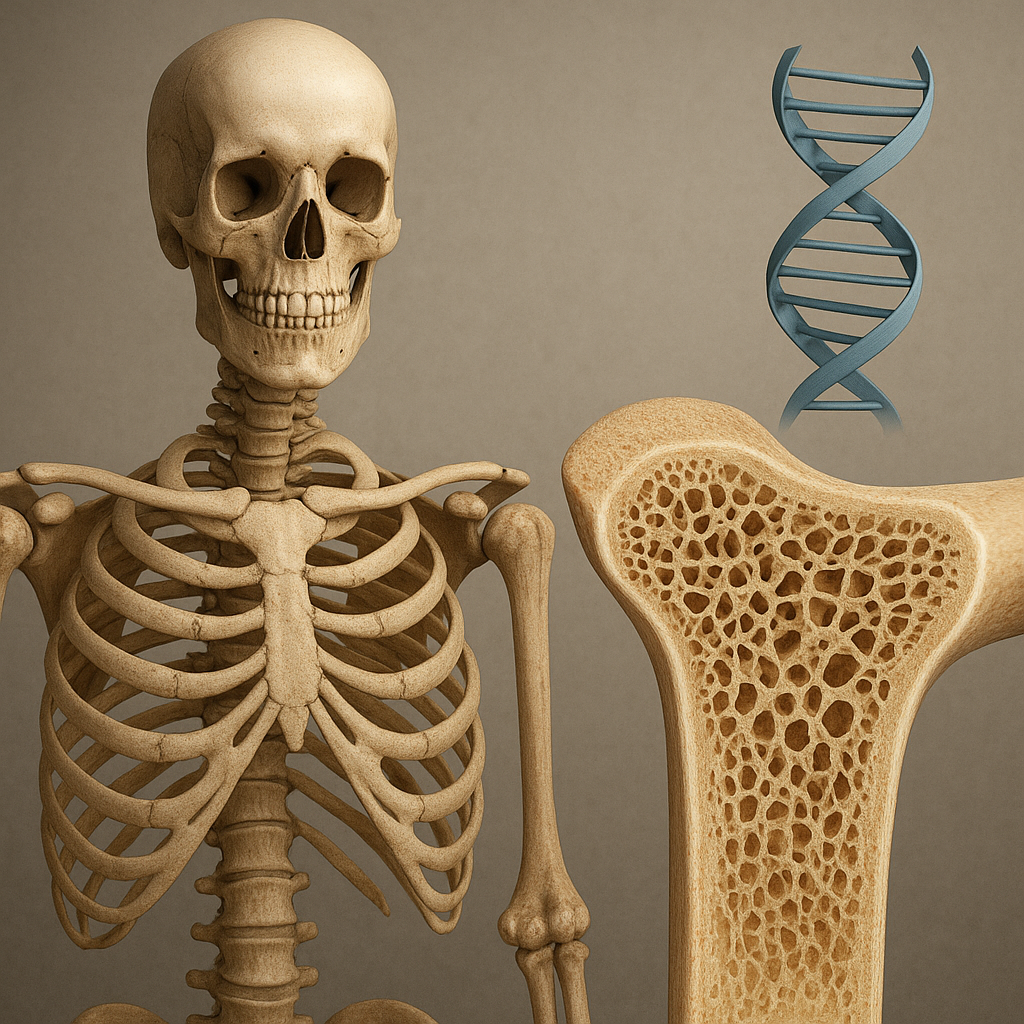The hyoid bone, a small U-shaped structure located in the neck, plays a crucial role in forensic investigations, particularly in cases of strangulation and other forms of asphyxia. Its unique anatomical features and position make it a significant marker for forensic experts when determining the cause of death. This article delves into the importance of the hyoid bone in forensic science, exploring its anatomy, its role in various types of investigations, and the implications of its findings in legal contexts.
Anatomy and Function of the Hyoid Bone
The hyoid bone is often referred to as the only bone in the human body that does not articulate directly with any other bone. Instead, it is anchored by muscles and ligaments, which allows it to play a vital role in various functions, including swallowing, speech, and maintaining the airway. The hyoid bone is located in the anterior neck, between the mandible and the thyroid cartilage, and is comprised of a body and two pairs of greater and lesser horns.
Due to its unique structure, the hyoid bone serves as an attachment point for several muscles associated with the tongue and larynx. This positioning is essential for the mechanics of swallowing and phonation. The hyoid bone’s mobility allows it to adapt during these processes, making it a critical component of the human anatomy.
Forensic Relevance of the Hyoid Bone
In forensic investigations, the hyoid bone is particularly significant in cases of suspected strangulation or hanging. When external pressure is applied to the neck, the hyoid bone can fracture or dislocate, providing vital evidence regarding the manner of death. Forensic pathologists often examine the hyoid bone during autopsies to determine whether it has sustained any injuries, which can indicate the presence of foul play.
Research has shown that fractures of the hyoid bone are more common in cases of manual strangulation compared to other forms of asphyxia. The presence of a fractured hyoid bone can suggest that the victim was subjected to significant force around the neck, which is a critical detail in establishing the circumstances surrounding the death. In contrast, the absence of hyoid bone injuries does not necessarily rule out strangulation, as other factors, such as the victim’s age and the method of strangulation, can influence the likelihood of injury.
Case Studies and Implications in Legal Contexts
Several high-profile cases have highlighted the importance of the hyoid bone in forensic investigations. For instance, in cases of suspected homicide, the examination of the hyoid bone can provide crucial evidence that either supports or contradicts the claims made by suspects or witnesses. In one notable case, the examination of the hyoid bone played a pivotal role in determining the cause of death, leading to a conviction based on the evidence presented in court.
In legal contexts, the findings related to the hyoid bone can significantly impact the outcome of a trial. Forensic experts may be called upon to testify about the condition of the hyoid bone and its implications for the cause of death. The ability to link specific injuries to a particular method of asphyxia can strengthen the prosecution’s case and provide a clearer understanding of the events leading to the victim’s death.
Challenges in Hyoid Bone Analysis
Despite its significance, the analysis of the hyoid bone is not without challenges. Variability in the size and shape of the hyoid bone among individuals can complicate the interpretation of injuries. Additionally, factors such as post-mortem changes and the condition of the body at the time of examination can affect the visibility and assessment of hyoid bone injuries.
Forensic experts must also consider the context of the death when analyzing the hyoid bone. In cases where the cause of death is ambiguous, the presence or absence of hyoid bone injuries must be evaluated alongside other forensic evidence, such as bruising, ligature marks, and the overall condition of the body. This comprehensive approach is essential for drawing accurate conclusions and providing reliable testimony in court.
Future Directions in Forensic Research
As forensic science continues to evolve, research into the hyoid bone’s role in investigations is likely to expand. Advances in imaging techniques, such as CT scans and 3D modeling, may enhance the ability to visualize and analyze hyoid bone injuries more effectively. These technologies could provide forensic experts with new tools to assess the condition of the hyoid bone and its relevance to various types of asphyxia.
Furthermore, interdisciplinary collaboration between forensic pathologists, anthropologists, and legal professionals will be crucial in refining the understanding of the hyoid bone’s significance in forensic investigations. By sharing knowledge and expertise, these professionals can develop more accurate methods for assessing hyoid bone injuries and their implications for determining the cause of death.
Conclusion
The hyoid bone holds significant importance in forensic investigations, particularly in cases of suspected strangulation and asphyxia. Its unique anatomical features and role in various bodily functions make it a critical marker for forensic experts. As research continues to advance, the understanding of the hyoid bone’s relevance in forensic science will likely deepen, leading to more accurate assessments and improved outcomes in legal contexts. The ongoing exploration of this small yet vital bone underscores the intricate connections between anatomy, forensic science, and the pursuit of justice.













